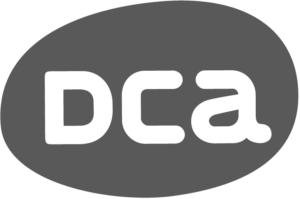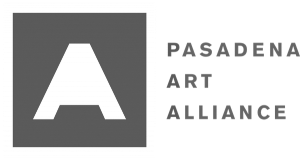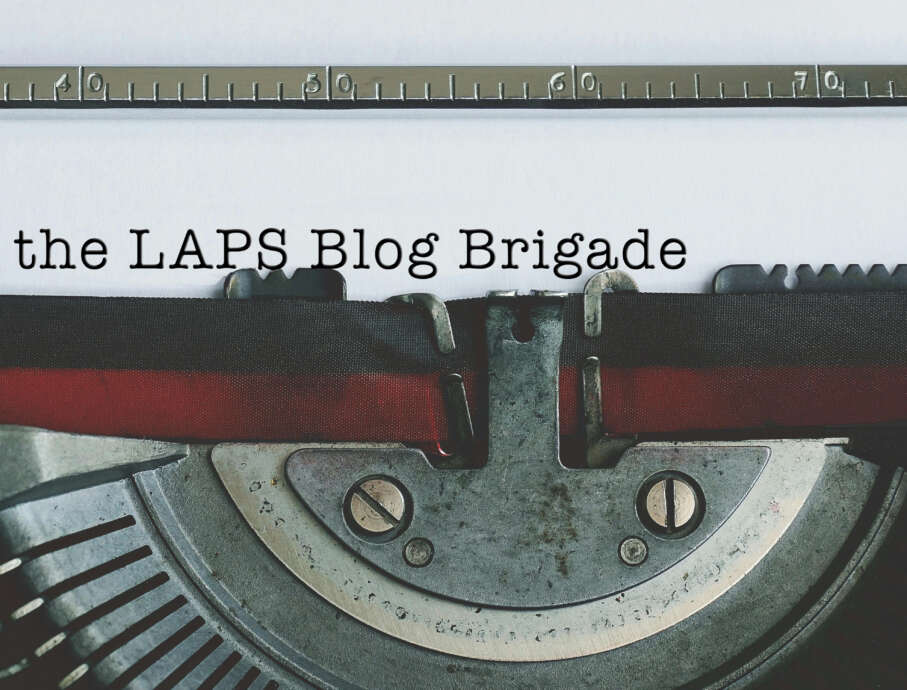
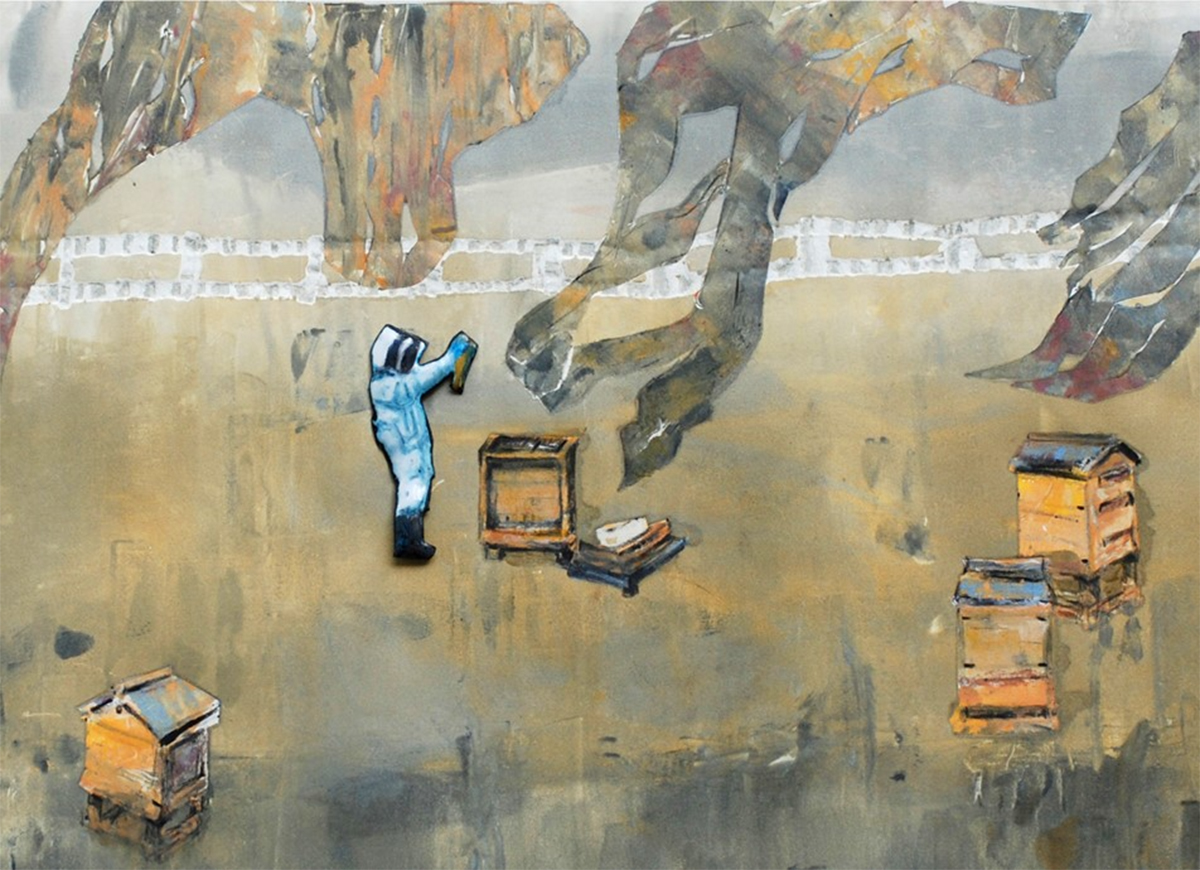
Columbus-based artist Sharone Putter is constantly evolving, as is her work. As she learns new techniques, her art reflects it. In some of her latest work, Putter has been, primarily, creating collagraph prints. What sets her pieces apart is her ability to add other elements to the prints. As of late, she has employed the printmaking technique chine-collé. She incorporates minutely detailed tiny etchings printed onto delicate rice paper into the artwork.
“I am not a purist. To the prints, I add from an array of mixed media techniques,” Putter said. “Most often I add copper-enamel parts as focal points, or to enhance the composition.”
Though printmaking is her current form-of-choice, Putter began her journey as an artist in a much different medium … and location. Born in Israel, she began studying art history and jewelry in Jerusalem. Then, her studies took her across Europe, from Ireland to the Czech Republic, to learn about porcelain pottery, glass casting and lampworking, and bronze casting.
“I am greatly influenced by the 24 years I have lived abroad,” Putter said. “The studies and workshops I have done abroad are very important to my art today. My artistic sensibilities have developed over time because of my sense of history from traveling. My art is informed by everything I have seen.”
Where Putter found her niche was in a small rural town in New York: Alfred. While attending New York State College of Ceramics, she developed a love for printmaking – both digital and collagraph.
“What I try to find, in printmaking, is a balance,” Putter said. “You have to plan ahead, but also allow some freedom so that it isn’t completely controlled. The process, in the end, winds up showing through in the art. Changes then appear because you let the art take on a life of its own.”
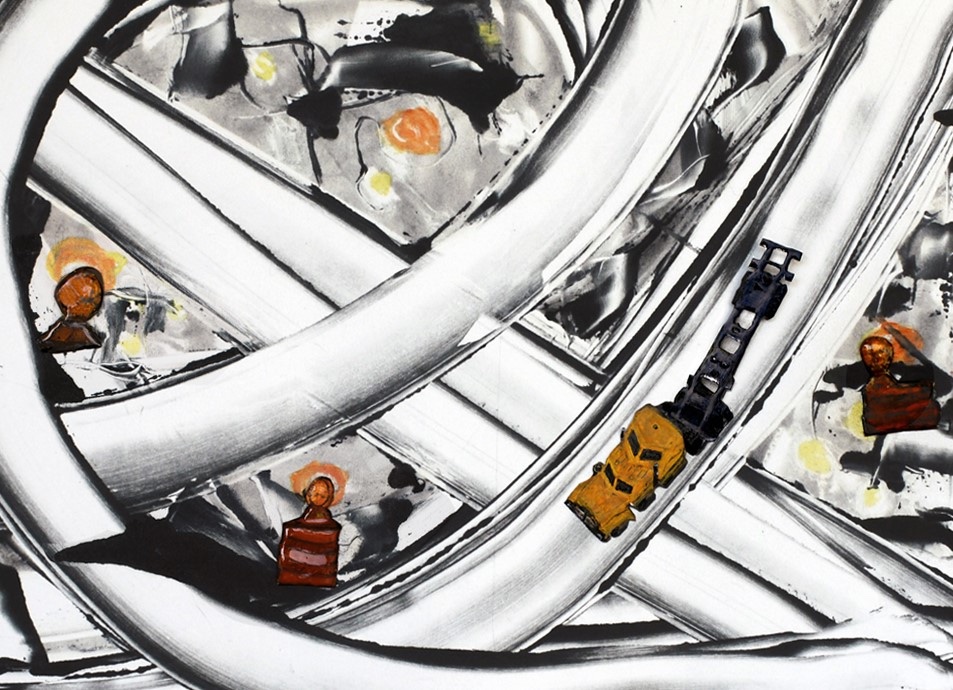
The specific landscapes Putter captures in her printmaking are worksites. The Workscapes collection takes the overlooked scenes of everyday work, from beekeeping to construction, and captures their evolution. The six-piece collection includes both collagraph prints and mixed media prints and has been the focus of five solo shows.
“My multi-step printmaking process echoes my subject matter in the way things are constructed,” Putter said. “The printmaking process is physical, similar to the physicality of worksite construction.”
The subject matter of Putter’s work is unique. She distills her impressions of the worksite scene to create new narratives. Her draw to worksites comes from her interest in their colors, forms and ever-changing nature. A new body of work she is exploring focuses on the theme of barriers: the barriers in the construction world, which she hopes may speak to the barriers we erect in our own lives.
“I’m driven to do it because of my engagement with the worksites that has developed over time,” she said. “The more I have researched, studied or painted them, I have found that it is a very rich world that is side-by-side with mine.”
The Workscapes collection developed out of experiment, she said. One of her strengths as an artist is her ability to not only make-do with the materials she has, but to use found materials in her artwork, such as caution strips, glass shards, and obscure parts all found on the side of the road. She currently is experimenting with materials while attending self-directed art residencies.
“My goal is to explore new venues of artmaking. In the near future I plan to apply and travel to art residencies, because that experience would allow me to immerse myself in a new studio, new artmaking techniques and new situations.”
Putter credits her curiosity as the reason her art is able to stay fresh. Across multiple continents and many countries, she has furthered her knowledge of art forms and their creation.
“New places and ideas are what keeps my art alive. It is always changing, evolving and moving.”
As a young girl, she remembers feeling a sense of curiosity about art. She credits this to the lack of art education she received as a child.
“When I was 11 years old, I sewed my own clothes – that was my first art form. We never had art classes in high school. Because of that I was so fascinated about art, artists and the art world.”
Though she didn’t take any formal classes as a child, art surrounded her. Putter’s mother was an art collector and hosted art events regularly. She said artists were always visiting the Putter household.
“My mother worked for a while at the Colombian Embassy in Israel. One of her responsibilities was to bring artists from Colombia to exhibit their artwork in Israel. This fueled my love for art and my interests in different cultures from a young age.”
Even after moving out of her parent’s home, Putter continued to surround herself with like-minded creatives.
“After high school I lived in a community of artists; many of my friends were artists. That propelled my interest in art, as well.”
Putter decided she wanted to share her spirit of inquiry with others. In 2004, she began teaching jewelry at the Priscilla R. Tyson Cultural Arts Center in Columbus. Recently, Putter created a printmaking department at the Arts Center, and began teaching printmaking 101, which hadn’t been offered before.
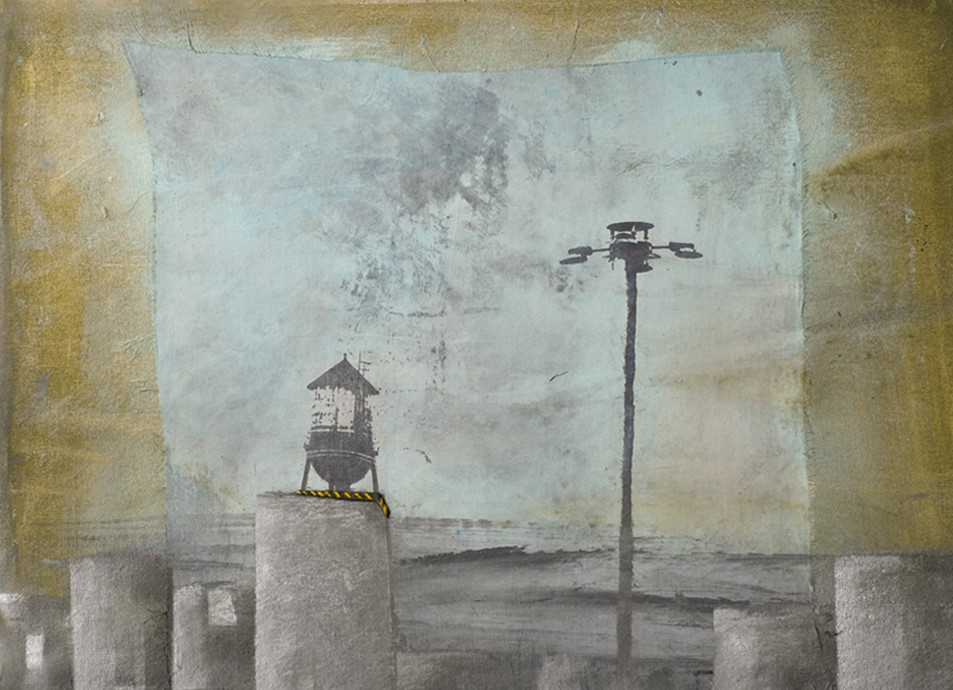
“I have brought on-board two additional instructors – one a former student. We currently have around 40 students,”
She curated two shows for her students and plans to curate a third in 2023. The curriculum teaches different techniques for students of varied levels. She made it a priority that they would teach environmentally friendly printmaking at the center, though.
“Printmaking used to be very toxic. One thing I made sure of when I opened this department was that everything would be non-toxic.”
While Putter does teach, she hasn’t stopped being the student. She completed a self-styled art residency in silkscreen printing close-to-home at Zygote Press, located in Cleveland, Ohio. In 2023, she is taking a color theory refresher class and a traditional oil painting class at The Ohio State University.
“Though I love sharing my printmaking knowledge with others, I am always looking for opportunities to expand my knowledge,”
Her work is represented by Sarah Gormley Gallery in Columbus, Ohio.
